Counting Cards Blackjack: Strategies for Gaining an Edge
KingCasinoBonus receives money from casino operators every time someone clicks on our links, influencing product placement. The compensation we receive does not impact our recommendation, advice, reviews and analysis in any way. Our content will always remain objective, independent, straightforward, and free from bias.
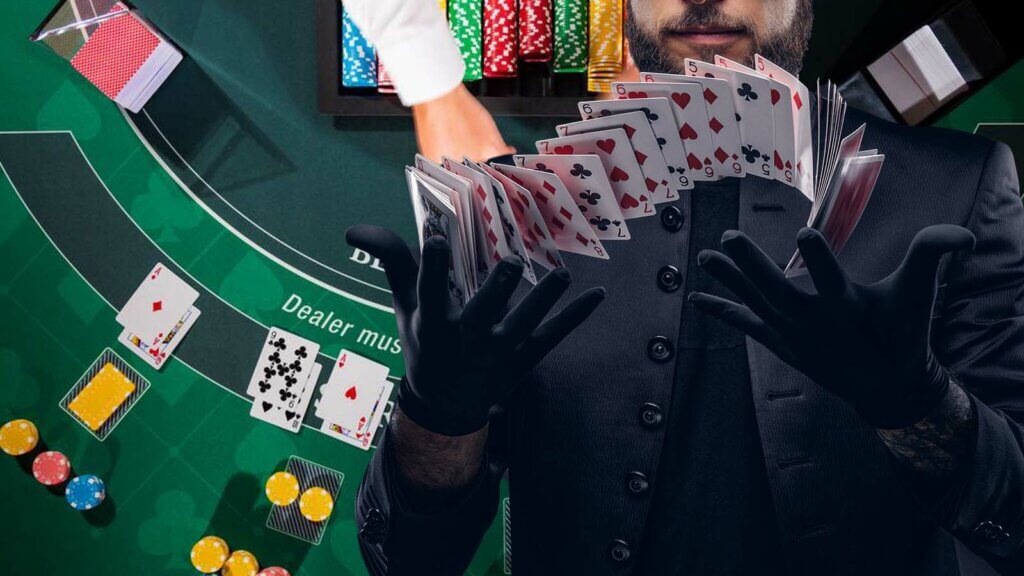
By secretly tracking cards during play, you can shift blackjack odds to favour the player rather than the house. Sophisticated techniques like Hi-Lo allow you to calculate when the remaining deck tilts probabilities towards high-value cards or low ones.
This guide shows you proven card counting systems to obtain a mathematical edge covertly.
On this page
What is Blackjack?
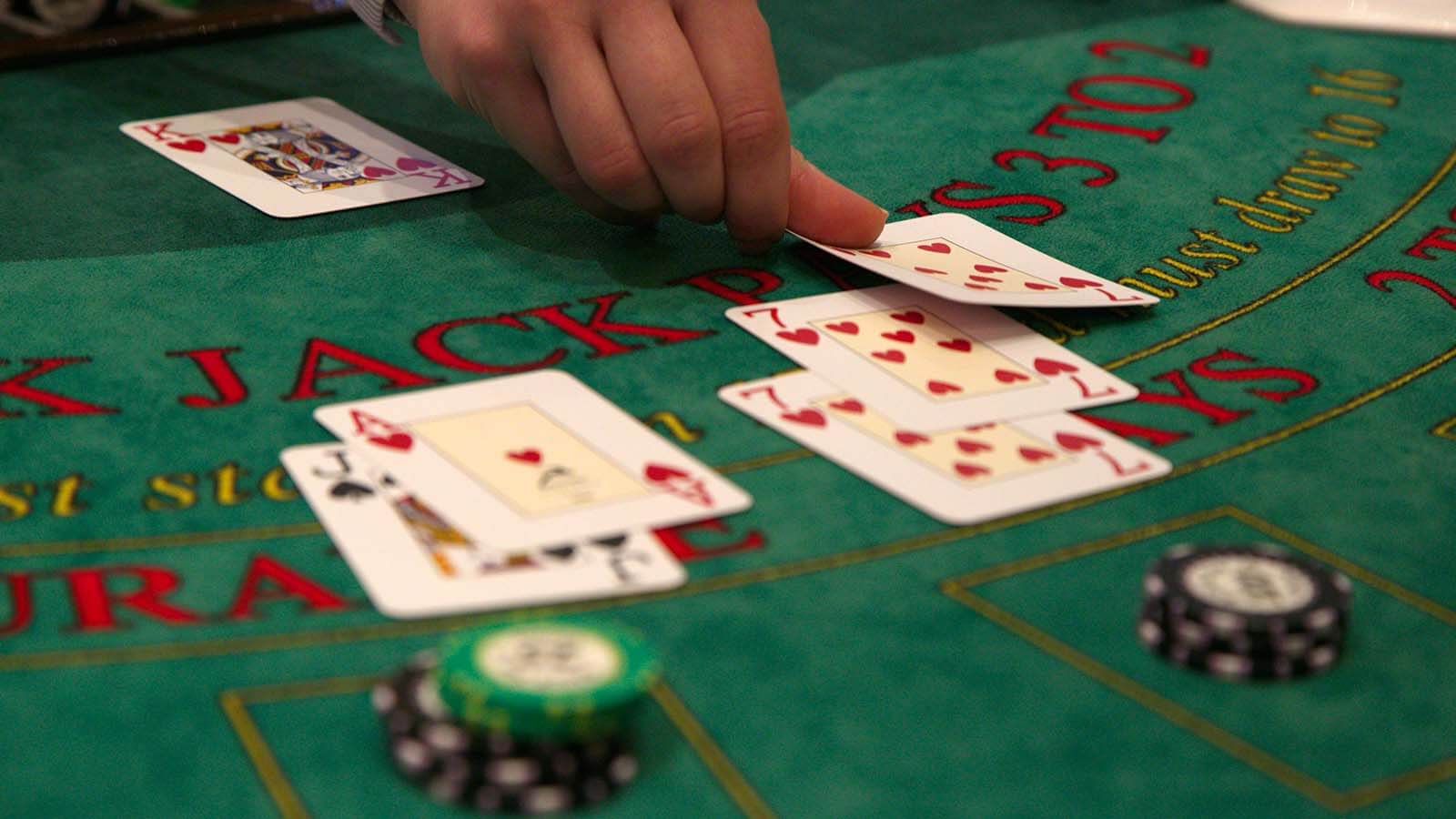
Blackjack is one of the oldest table card games in the world, dating back to the 1700s. The rules of this game are pretty simple.
You place a bet, and then the croupier deals one card from a standard deck of 52 to you and one to himself. This game aims to get as close to the number 21 without exceeding it.
If you are closer to that number, you win the round; if not, you lose. That is why you need to decide whether to ask for a second card or stick with the one you have.
The simplicity of this game has helped it grow and maintain popularity amongst casino-goers, regardless of their experience. More players have started gambling through top UK online Blackjack casinos, and most benefit from bonuses immediately after registering.
The Basics of Card Counting
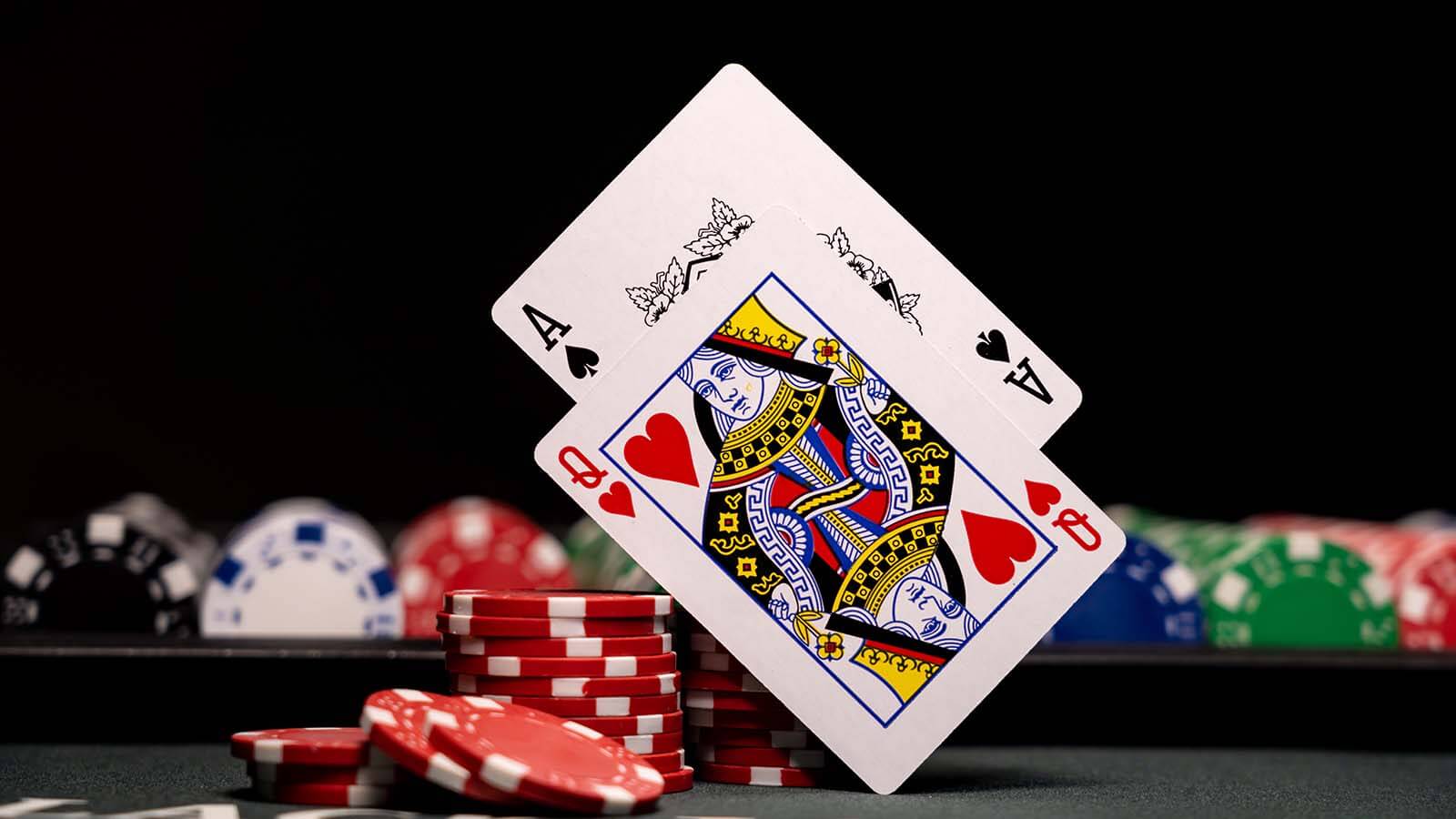
In its essence, card counting is a strategy you can apply to the game of Blackjack to determine whether you have the advantage, the next hand or the dealer.
This strategy finds foundation in the statistical evidence that high cards, such as Aces, Jacks, and Queens, benefit the player more than the dealer.
High cards can benefit you in multiple ways, so card counting is popular among players.
Ensure you understand that high cards can increase your probability of winning a natural, create additional splitting opportunities, and increase the possibility that a dealer will bust.
Who can apply this strategy?
Card counting is a strategy accessible to everyone as it doesn’t require memorising every card in the dealer’s deck.
Instead, you need to apply a system that assigns values to each card and then keeps a running count of the sum of these values.
If you are open to other strategies, the Blackjack Double Down Strategy is another good beginner strategy.
Understanding the Deck
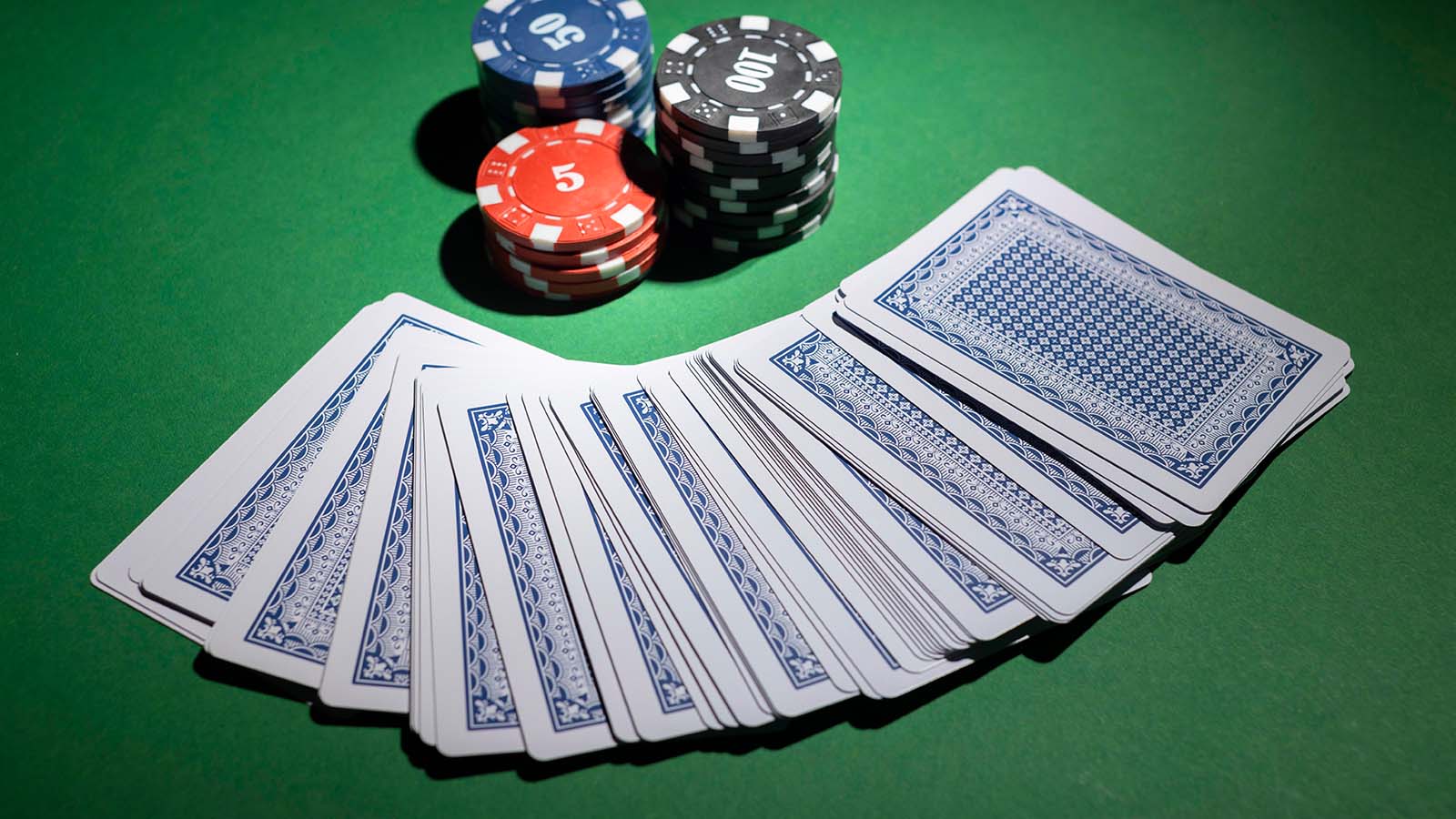
The standard deck consists of 52 cards, which Blackjack croupiers use. You will see that in Live Dealer casinos or land-based casinos.
However, assigning values to 52 cards is much simpler, enabling you to count cards and put yourself in a winning position.
However, counting cards and tracking the sum of the value of the cards throughout six decks are much more complex and lower your odds of winning. You’ve seen that casinos will use more than one deck, and the reasons are:
- This is one of the reasons gaming establishments use multiple decks instead of one.
- The other reason is that Blackjack card decks are not reset after each hand, so most modern variations of this game include 6+ decks.
If the croupier utilises the modern standard six decks, are 312 cards in play, which impacts your winning odds significantly.
So, the more decks involved in the game, the lower your chances of applying this method effectively.
Be aware that Blackjack is a game with variable rules, so you must prepare yourself for different types of games. Before applying different strategies, learn more about how many decks in Blackjack there can be.
Assigning Values to Cards
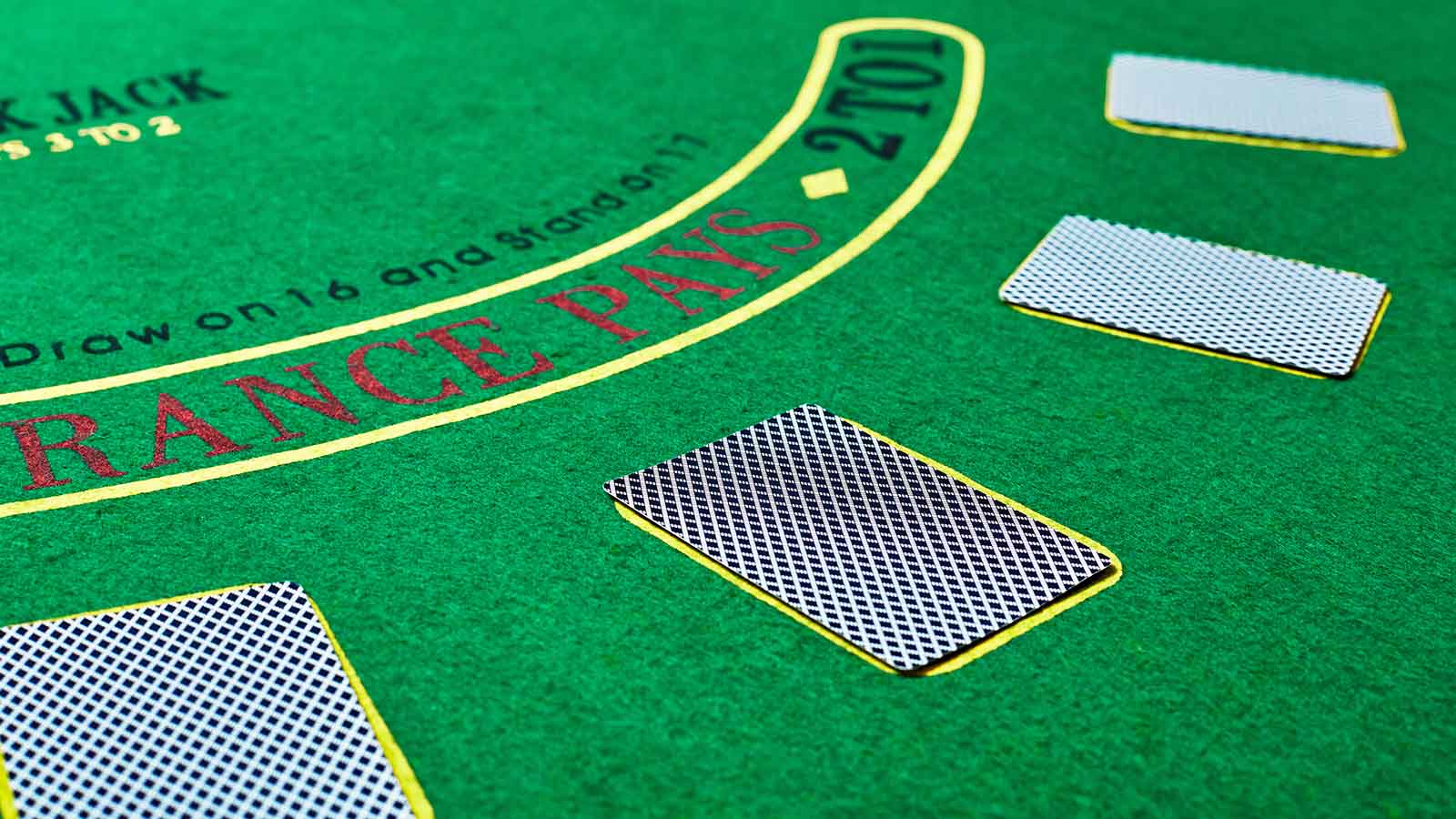
Though many pop culture Blackjack iterations present counting cards as the ability to track and remember each card, that is a myth.
This game’s fundamental approach to counting cards is much simpler, based on assigning values to the cards.
Counting cards as a strategy has several approaches, depending on the circumstances and the individual player.
The high-low system is the most popular approach to assigning values and counting cards for an excellent reason. It is straightforward and allows you to count cards even with multiple decks. Let’s get to the details:
Counting cards in Blackjack Hi-Lo
So, if you opt for the high-low system or the Hi-Lo, as it’s more commonly known, you need to separate the cards into three distinct categories and assign values to those categories.
Cards ranging from 2-6 have a value of +1, whereas cards from 7 to 9 have a value of 0.
When it comes to the so-called high cards, or the most valuable ones to you as a player, you can assign them a value of -1. This system lets you easily count all the cards, including all the other shoes.
Implementing the Strategy
Once the croupier starts dealing with the cards, you must watch all the cards, not just the ones in your shoe.
In doing so, you assign values to each card and keep a running count of the value of the cards no longer in the deck.
In addition to the running count you keep, you should also remember how many decks are in play.
Extra tips: Always combine card counting or any other strategy with a sound blackjack bankroll money management technique.
Let’s take an example
Five extra high cards remain if you have a +5 count with 1 deck in play.
Alternatively, if you have a +5 count with six decks in play, five high cards remain throughout all six decks.
Being aware of the running count and the number of decks in play will enable you to adjust your betting approach accordingly.
Advanced Techniques
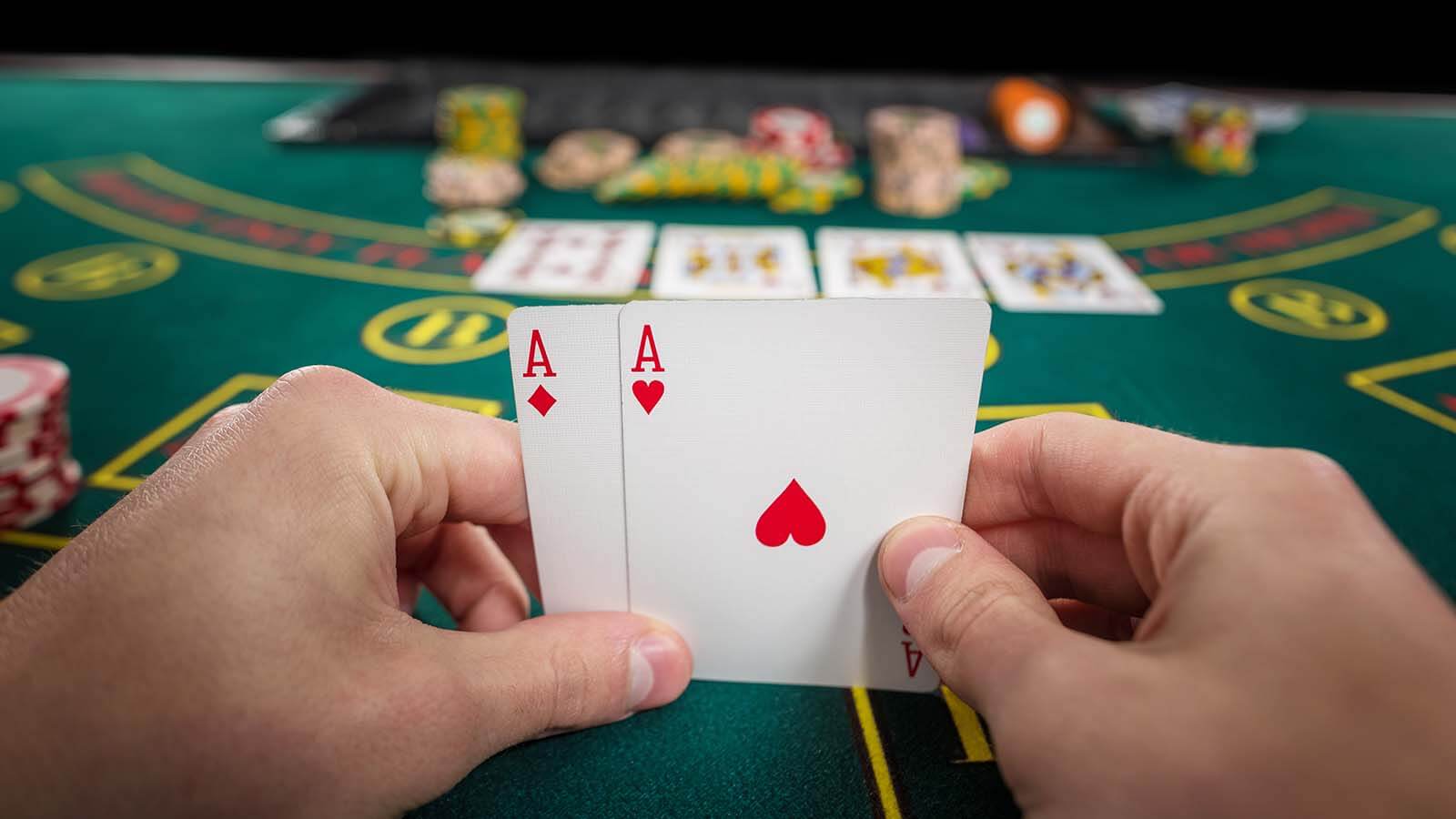
Regarding counting card techniques, specific options are more advanced than others. Two such advanced techniques are the true count conversion and team play.
Each of these approaches has its advantages and disadvantages. Ultimately, it is up to you which one you opt for.
When it comes to true count conversion, you first need to understand how to calculate the accurate count from the running count while playing.
If you are utilising a basic Hi-Lo system, the actual count is derived from the running count divided by the number of decks that haven’t been dealt with. You can also calculate this by establishing an approximate average card count per round.
While this is an advanced technique, it is a relatively simple approach to applying the Hi-Lo system for all players – regardless of experience.
Another option for Blackjack players
Alternatively, you can attempt to win big on a Blackjack table by enlisting the help of a friend.
This method is much more inconspicuous and probable to succeed. Instead of counting and adjusting the betting approach accordingly, which can raise some red flags, you can do the counting and have a friend join the table when the odds are better.
That way, you can keep your stakes steady and are unlikely to draw suspicion while enabling your teammate to place bets on almost certain winning odds.
Potential Pitfalls
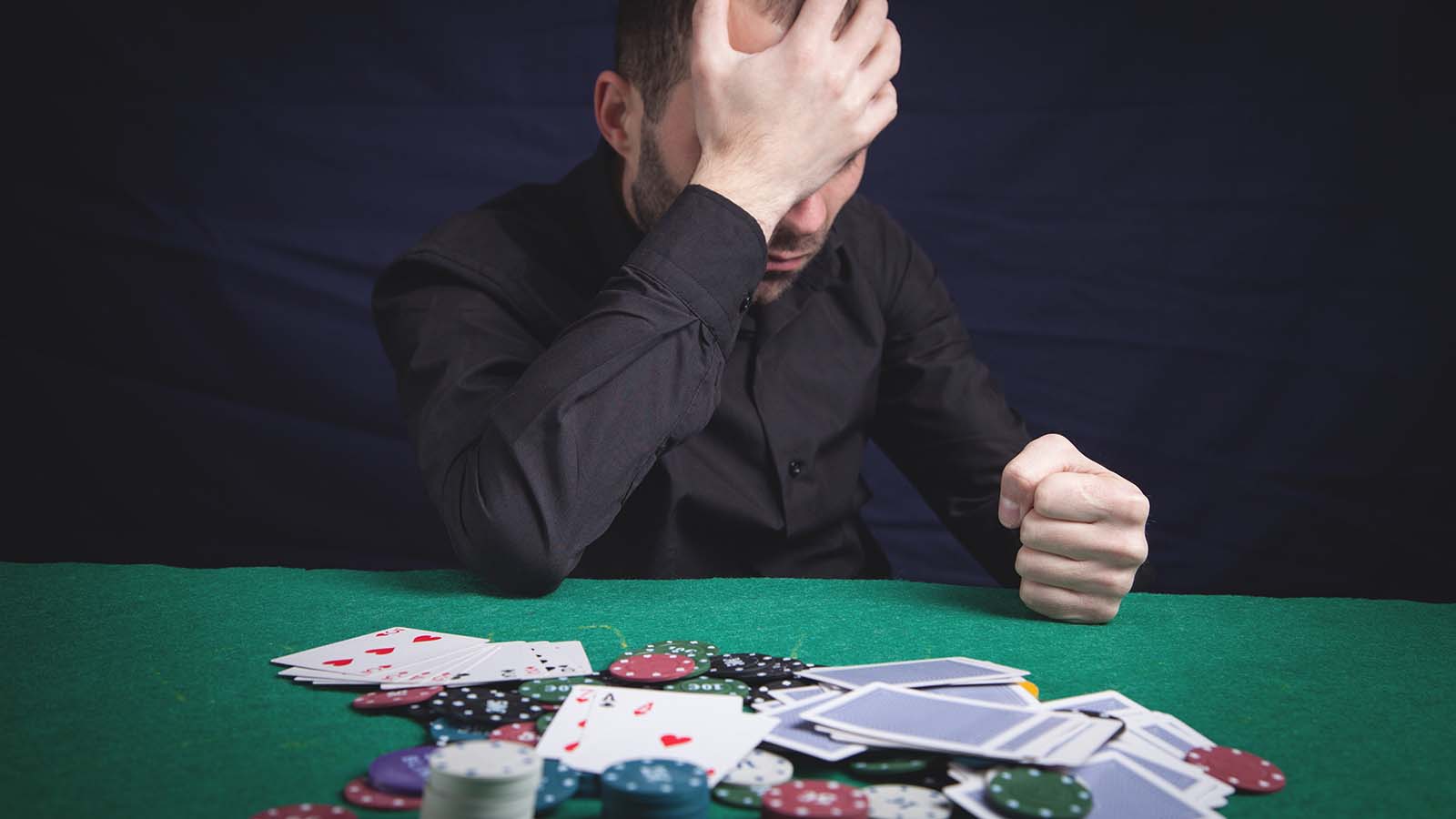
This technique has its drawbacks because Blackjack is a game of chance. For as many advantages as this strategy has, it has just as many disadvantages.
First and foremost, you must be aware of all this approach’s key pitfalls before deciding whether to employ it.
The risk of being caught is the disadvantage of counting cards in Blackjack.
What happens if you get caught?
If you try to count cards with a team, your signals and communication could alert the responsible people.
If you are caught counting cards, chances are you will be banned permanently from that establishment, even though this strategy is not illegal in the UK.
Moreover, the impact on the overall house edge is another major disadvantage. To achieve this successfully, you need to play many hands in Blackjack. The more hands you play, the more significant the house advantage’s influence, which results in you losing more money per bet.
Counting cards in Blackjack is not Cheating.
Blackjack provides entertaining table game action, and card counting is a surefire way to have good outcomes while profiting from the gameplay.
You should thoroughly research playing conditions at prospective venues and weigh the strategy’s advantages and disadvantages. After considering all facets around card counting’s viability, you can determine if you want to attempt employing it during your next casino visit.